Table of Contents
Introduction
Jalapeños and serranos are two of the most popular peppers for adding heat to dishes, but they differ significantly in heat level, flavor, and best uses. Jalapeños range from 2,500 to 8,000 Scoville Heat Units (SHU), while serranos pack 10,000 to 23,000 SHU—making them 2-3 times hotter. This guide explains exactly when to use each pepper based on your spice tolerance and recipe needs.
Spice Levels and Heat
| Pepper | Scoville Range | Heat Level |
|---|---|---|
| Jalapeño | 2,500–8,000 SHU | Medium |
| Serrano | 10,000–23,000 SHU | Hot |
Jalapeños are ideal for beginners or mild heat lovers. Serranos deliver intense heat that can rival habaneros in some cases. Always handle serranos with care—wear gloves when chopping to avoid skin irritation.
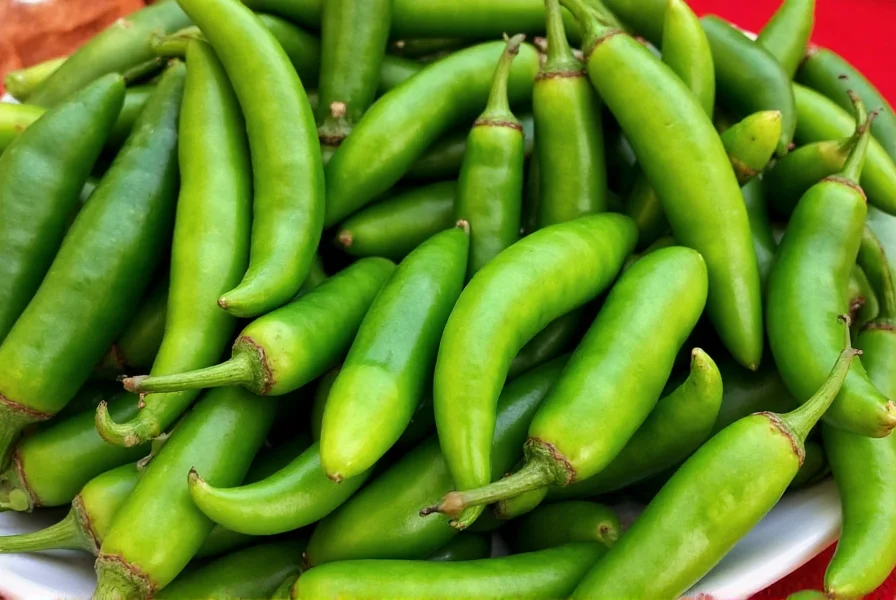
Flavor Profile and Texture
Jalapeños have a fresh, slightly sweet, grassy flavor with a crisp, juicy texture. They’re perfect for fresh applications like pico de gallo or guacamole where you want subtle heat without overpowering other flavors.
Serranos feature a brighter, more intense pepper flavor with a hint of bitterness and firmer texture. They hold up better when cooked or roasted, making them ideal for salsas, sauces, and marinades where robust flavor is needed.
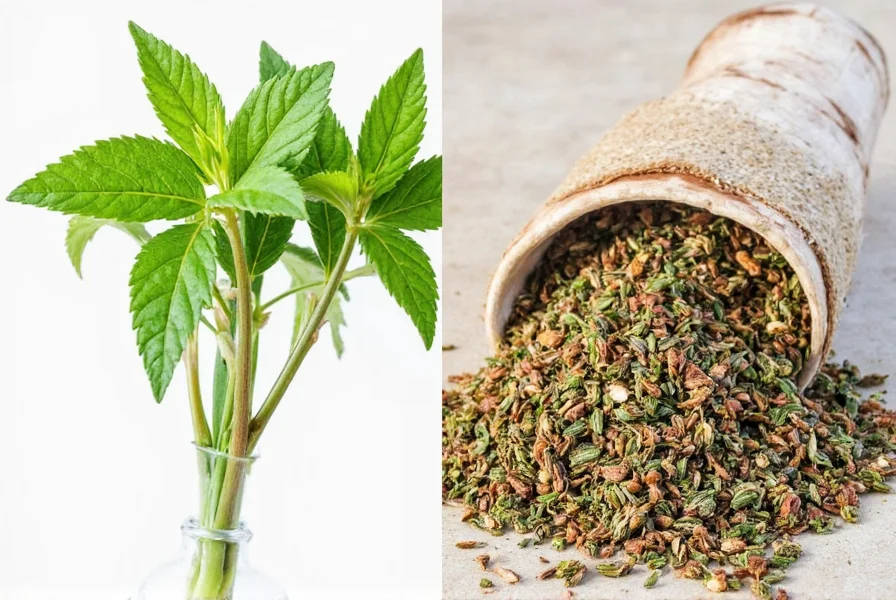
Culinary Uses and Cooking Tips
Jalapeños: Best for fresh salsas, taco toppings, stuffed peppers, and mild cheese dips. Remove seeds and membranes to reduce heat for delicate dishes.
Serranos: Perfect for green salsa (salsa verde), chipotle sauces, roasted vegetable dishes, and spicy marinades. Roasting enhances their smoky depth. Always start with half the amount you’d use for jalapeños due to higher heat intensity.
Pro Tip: For a balanced heat profile, combine both peppers—jalapeños for sweetness and serranos for kick.
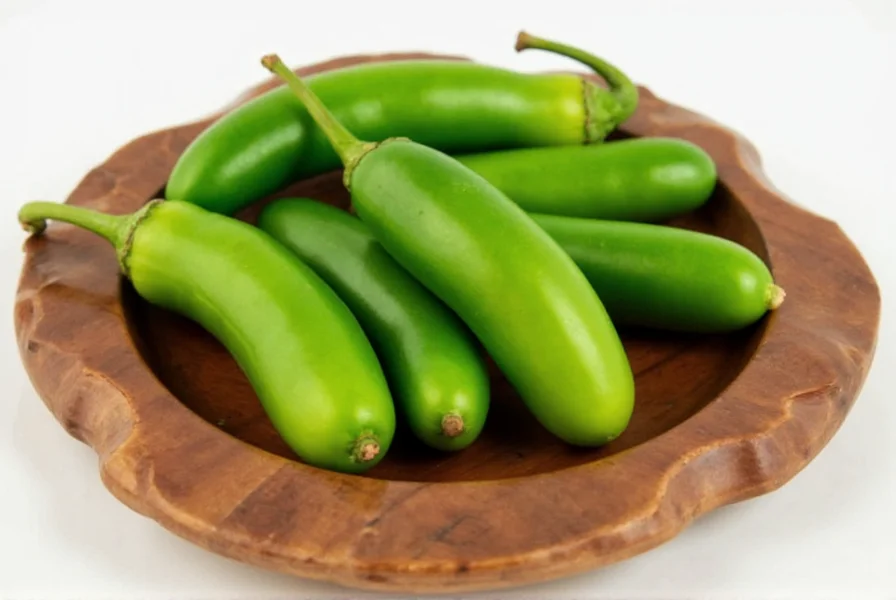
Buying Guide
1. Fresh Peppers
Choose firm, glossy peppers with smooth skin. Avoid soft spots, wrinkles, or discoloration. Store in a sealed container in the refrigerator for up to 10 days.
2. Dried Peppers
Dried jalapeños (chipotles) offer smoky heat for stews and sauces. Dried serranos add intense pepper flavor to spice blends. Keep in airtight containers away from light.
3. Recommended Products
- Organic Jalapeños – Ideal for fresh salsas and mild heat applications.
- High-Quality Serranos – Best for authentic green salsa and high-heat recipes.
- Chipotle Peppers in Adobo – Adds smoky depth to meats and soups.
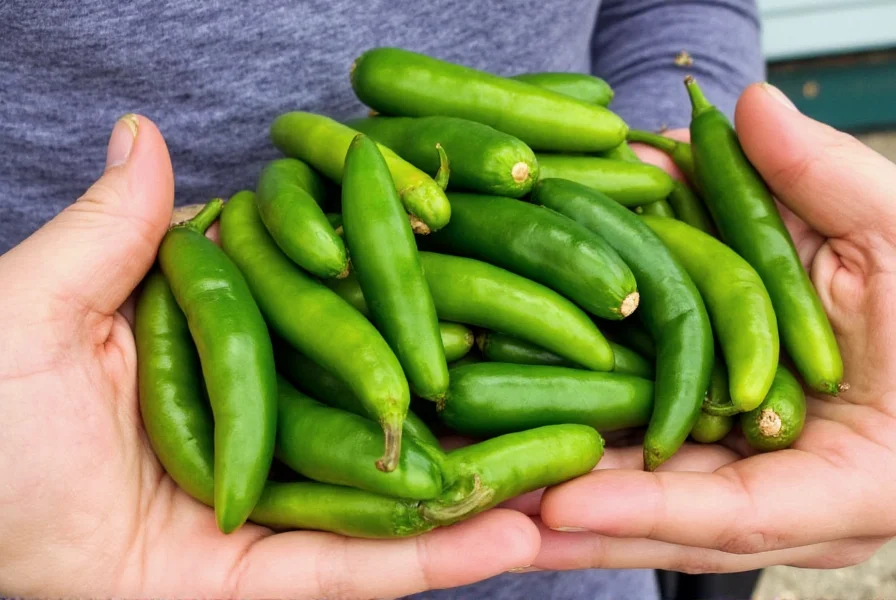
Conclusion
Jalapeños and serranos serve distinct purposes in the kitchen. Choose jalapeños for mild, fresh applications like tacos or guacamole. Opt for serranos when you need intense heat and robust flavor for cooked dishes or sauces. Always consider your spice tolerance and recipe requirements—this small choice makes a big difference in your dish’s flavor profile.

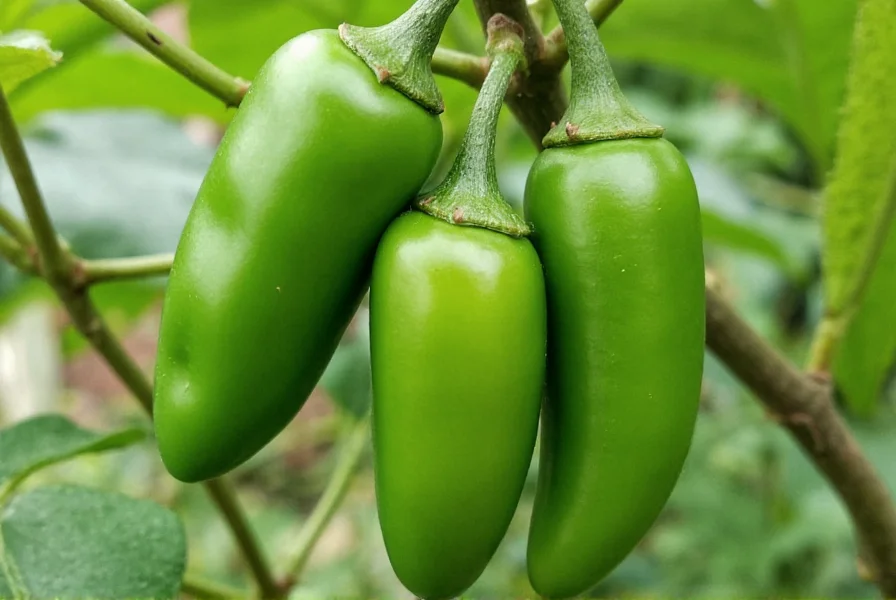
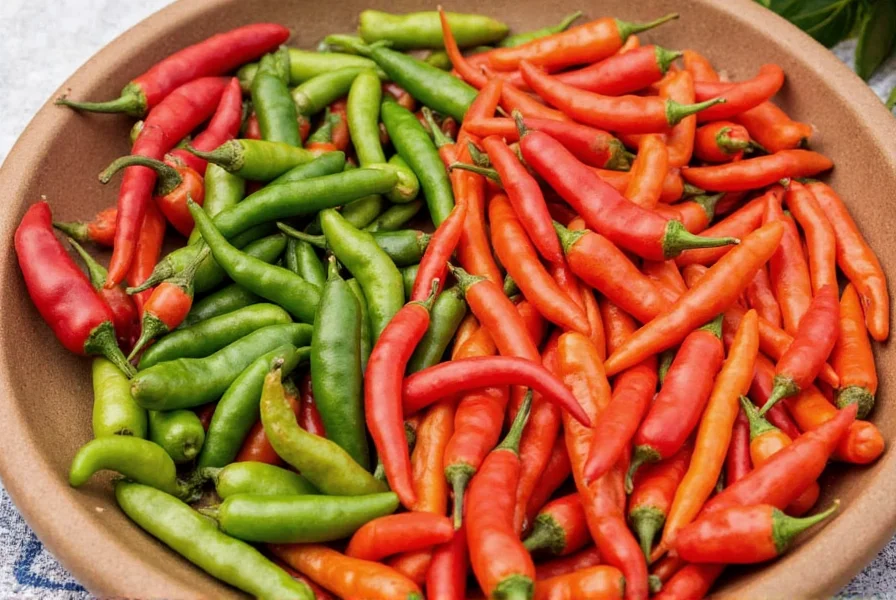
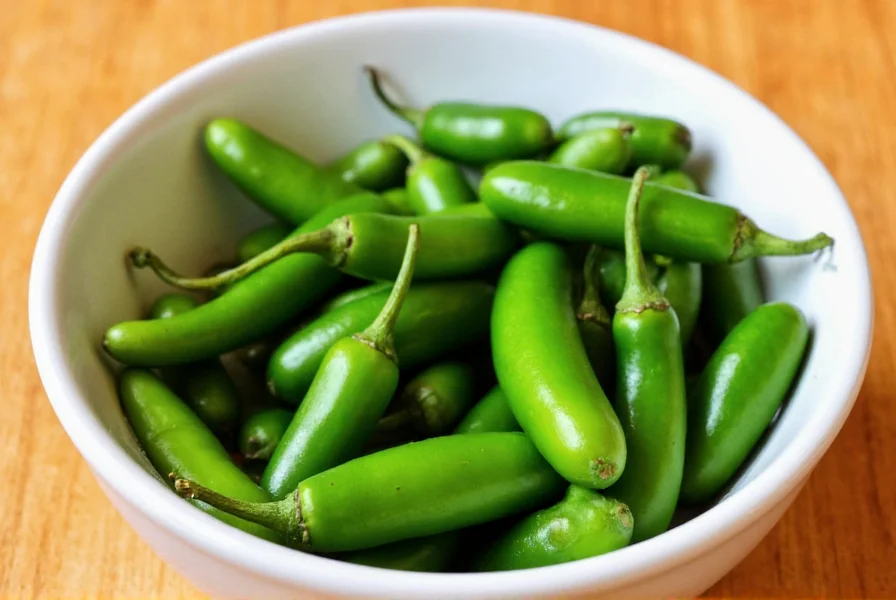
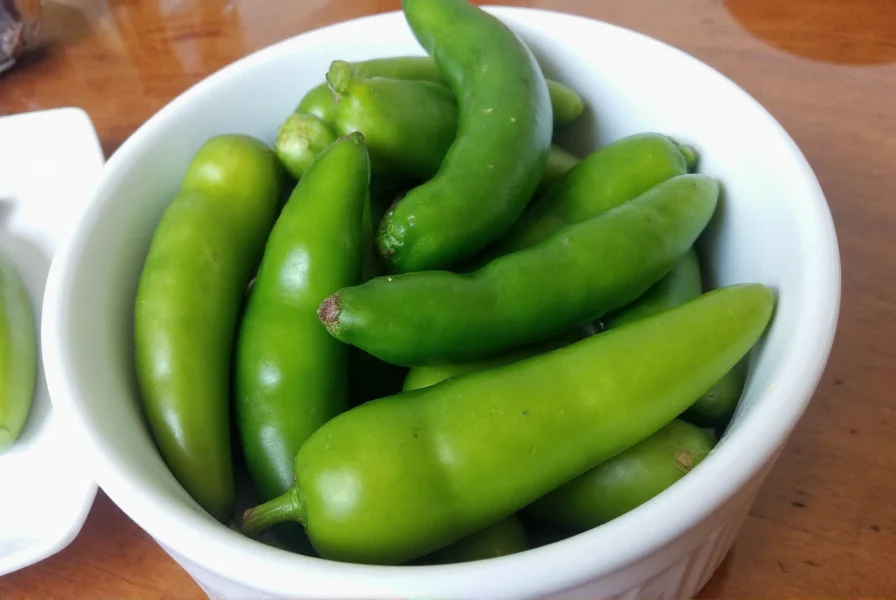









 浙公网安备
33010002000092号
浙公网安备
33010002000092号 浙B2-20120091-4
浙B2-20120091-4